NATURAL STONE FOR PROJECTS BY BHANDARI MARBLE GROUP
Bhandari Marble Group
Bhandari marble group is the best White marble suppliers which provide the latest marble slabs, White Marble Slabs, White Marble Tiles, Makrana White Marble, Albeta Marble, Wonder White Marble, Banswara Marble, Banswara Purple Marble, Indian Onyx.

Indian Statuario and etc and since brick stone has more thermal mass than other building lightweight materials, it is a very useful element that can be used up in making your home more energy-efficient. Therefore, a brick stone home is more energy-efficient than those that are made from other materials.
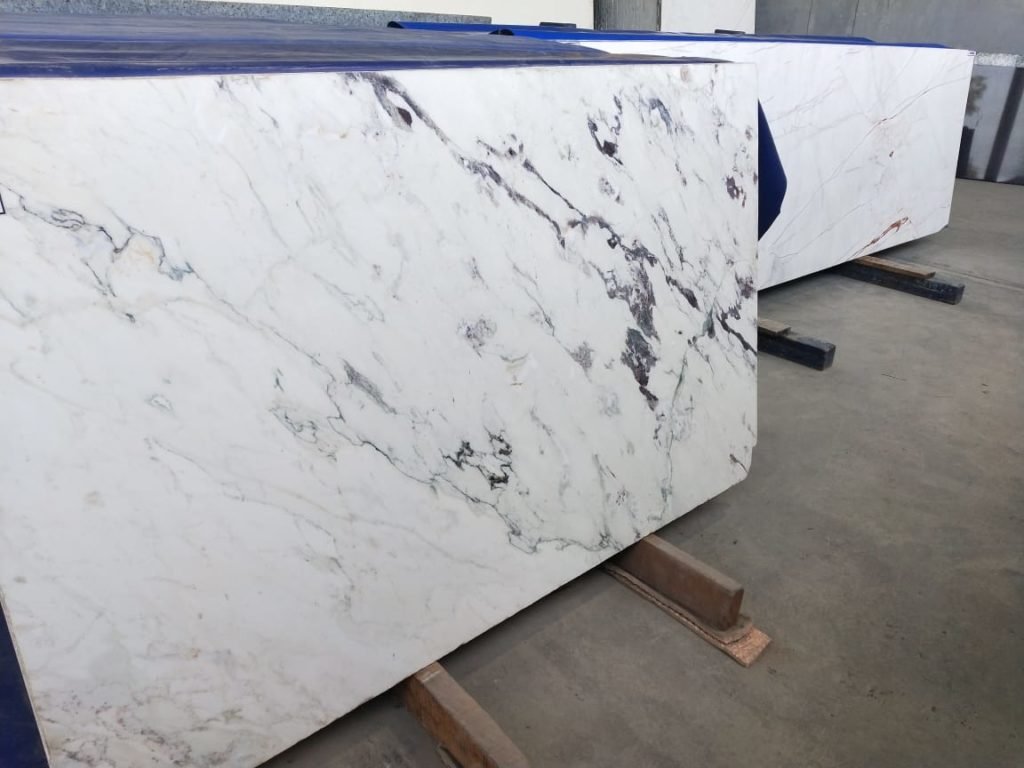
Stone Floors Best for projects
Timeless and highly durable, marble is an excellent choice if you desire an ambiance of both luxury and antiquity.
Marble Natural Beauty with Limits
Marble is formed when limestone crystallizes as a result of high pressure and high temperatures while underground. As it crystallizes, it becomes harder and denser. This hardness allows it to be smoothed and polished during processing. Like all natural stones, marble must have a protective sealant applied before use and must be maintained and reapplied regularly for full protection.
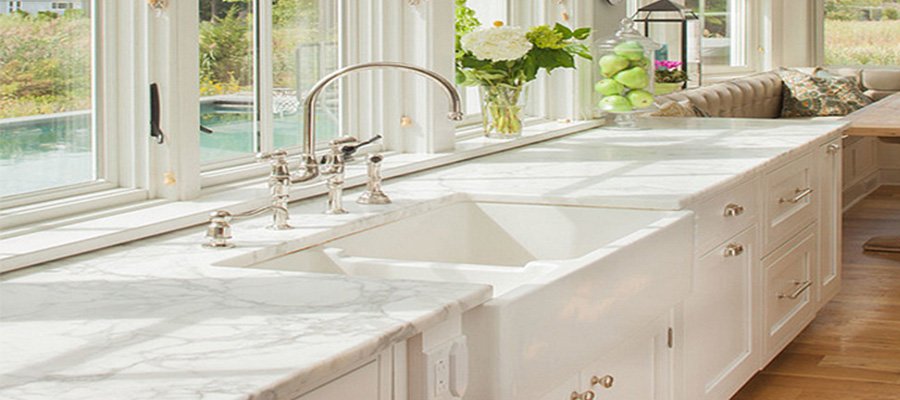
Marble is susceptible to staining, so it’s important to clean up spills immediately to avoid potential damage. Everyday substances that contain acid – alcohol, fruit juices, vinegar, tomato products, mustard, salad dressing, tea, coffee, cosmetics – all can stain or damage the area is left sitting for any length of time.
Pros: Beautiful colors and patterns, because it’s natural, no two tiles are ever the same
Granite is a hard-edged stone with a beautiful natural grain.
Granite is one of the hardest natural stones, which is why it’s used frequently in kitchens. Granite is formed from cooling magma underground. Because the cooling process is very slow, granite builds both strength and hardness as it goes through the process. It’s made up of a variety of minerals, including quartz and feldspar, which give it its granular composition and texture.
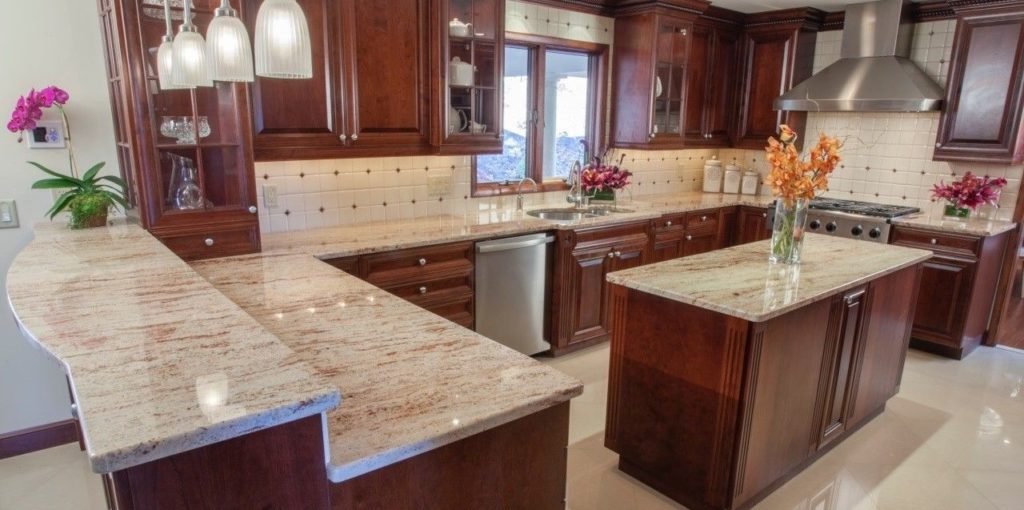
However, its strength is also its weakness. Because granite is very hard and unforgiving, when installing it as flooring, the subflooring must be completely level and have the strength to support its heaviness. If the floor has bumps or even tiny valleys, granite tiles will crack easily.
Pros: Beautiful color, hard surface that takes wear and tears from normal family life.
Slate is a handsome porous stone.
Slate is formed deep in the earth as shale, and under the right combination of heat and pressure. Slate tile has a duller and slightly more uneven look than its other natural stone predecessors, which also makes it the tile of choice if slip-resistant flooring matters to you. It comes in a variety of colors and patterns, often providing a rustic or modern look and feel.
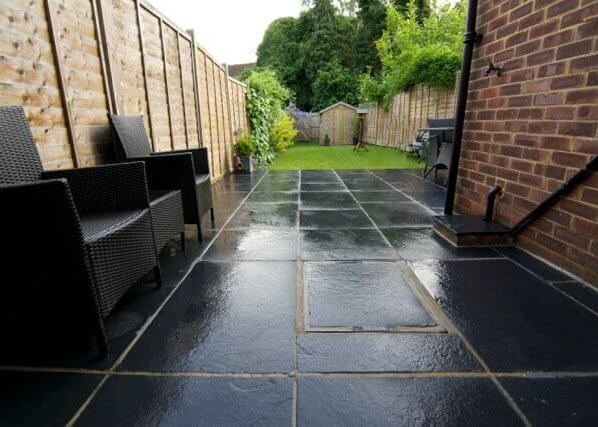
It is more stain-resistant than other stone choices, takes water well, and is highly durable. Slate can be cracked if laid on an uneven subfloor, or if a heavy object is dropped on it. Because slate is formed in layers, in rare cases it has been known to flake or peels it’s important to treat with a sealant immediately after installation and maintain the sealant on a regular basis.
Pros: Dark, earthy color pallets with a natural, rustic look. Tends to be more resilient than other stone
Travertine: the soft stone that feels great but wears more easily
Travertine has a similar makeup as limestone or marble and is composed of sedimentary rock, calcite. Travertine has been used for centuries around the world; look to the Colosseum in Rome to see it in use. Travertine is a porous stone with natural holes from the formation. In order to protect it, it must be sealed prior to grouting and again after installation for protection. It will soak up liquids and will stain if left untreated. It is also susceptible to stains from acidic foods. Travertine is a softer stone, which means its also more prone to scratching and showing wear and tear.

Pros: Travertine comes in rich, earthy tones because it’s a softer tile, it will feel soft underfoot.
An Introduction to Natural Stone Flooring
Among flooring materials, none is more elegant and luxurious than natural stone. The term “natural stone” refers to a variety of mountain-born mineral substances that stand in contrast to any synthetic or manufactured stone products. Common natural stone flooring includes slate, marble, limestone, travertine, granite, and sandstone—each of which has slightly different properties. It’s important to understand the characteristics of the type of stone flooring tile you are purchasing in order to determine whether it is appropriate for a specific location. As you shop for natural stone tiles, these are a number of general factors that you should consider
GRANITE
The hardest stone frequently carved is granite, at about 8 on the Mohs scale. It is the most durable of sculptural stones and, correspondingly, an extremely difficult stone to work. Granite is a great option for homeowners who have previously chosen granite slabs for their kitchen counters. Ideally, the floor tiles should be selected at the same time as the slabs for the counters for matching purposes.
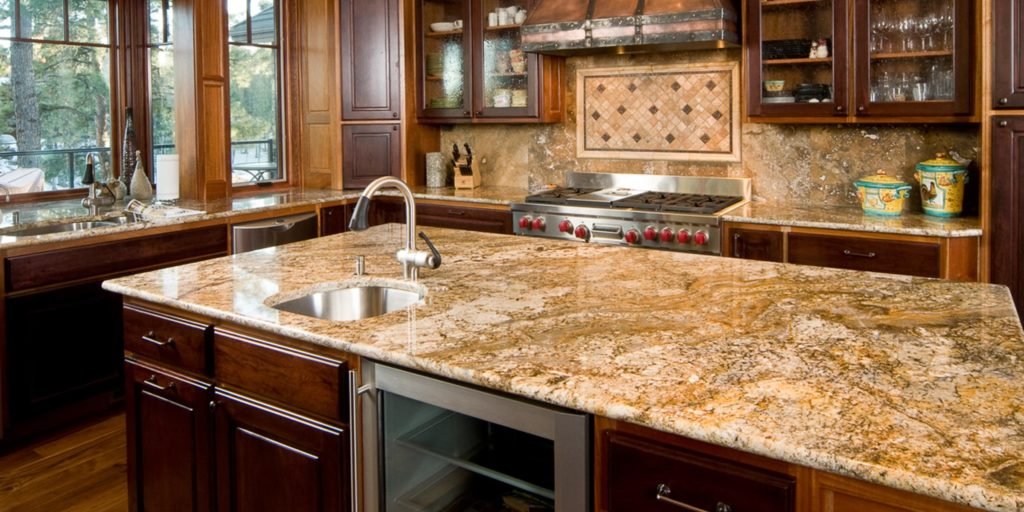
The granite looks great, and it also lasts for a very long time as long as it is properly maintained. Luckily for homeowners, cleaning and resealing granite can be accomplished by using a stone-safe granite cleaner and sealer. The granite looks best in gourmet kitchens.
LIMESTONE
This material is ideal for kitchens with a rustic or traditional style. Limestone that has been extracted from quarries in the Middle East and Northern Africa tends to have a very attractive and unique look. As limestone is very porous, it is important to choose tiles with higher density, and the protective seal must be reapplied often.
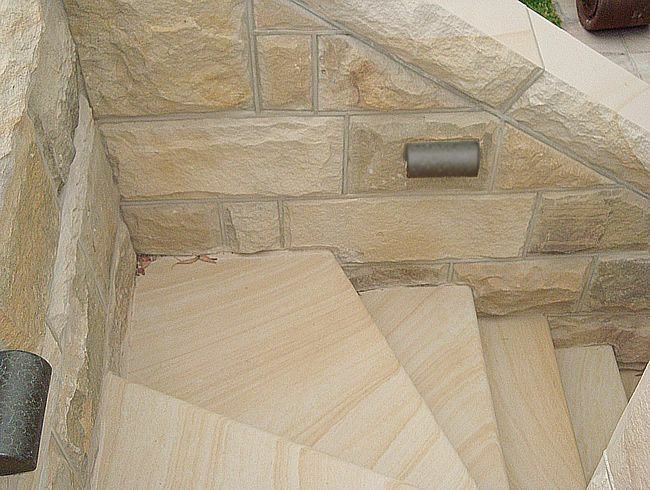
MARBLE
Marble is one of the most durable, enduring building substances. The ancient Greeks used marble in their buildings and you can visit some of these historic masterpieces even today to witness for yourself the enduring qualities of marble flooring. You immediately experience a rise in value to any home or building where marble is used as flooring.
Don’t consider marble an expense. Instead, think of it as an investment. Say goodbye to allergies. Where carpet is known to collect dust and pet dander, marble flooring can be easily clean with a dust mop. People who live and walk on marble floors don’t see as many allergies. Marble is also stain-and scratch-resistant. If you care for your marble floors properly, they will last a long time and remain damage-free.
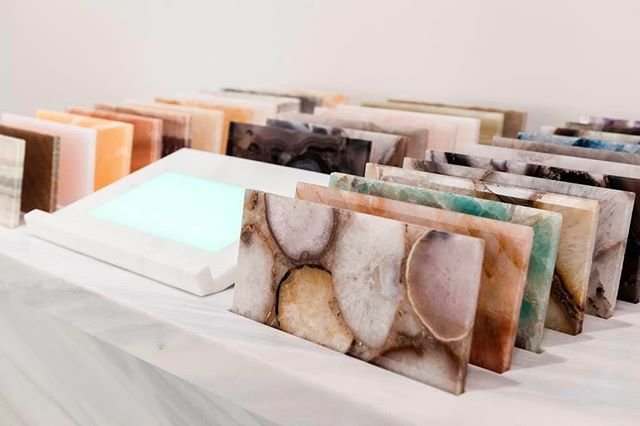
Marble is resistant to moisture, which makes it great for flooring bathrooms and kitchens. If you’ve ever wondered why you’ll see dance floors made of marble, these qualities are the reasons why. Marble is easy to scoot across, doesn’t collect the dust from heavy traffic like other types of flooring, and is easy to clean after the boots have kicked over it for the evening.
Marble flooring may be expensive, but the benefits far outweigh the expenses. Marble may seem like an unusual choice for the products, but it should be noted that it is the metamorphic result of limestone being exposed to higher igneous temperatures, which causes a process of crystallization. Marble is very durable and will look great in any kitchen. However, it requires a professional finish to make the surface less slippery.
SLATE
Homeowners who favor a rustic or industrial look for their should consider slate flooring, particularly darker tones that are not prone to staining. The typical finish of slate makes it look natural with only a slight polish that highlights the nonslip texture. Slate tends to look very sharp when paired with kitchen cabinets that feature a light and natural wood finish.
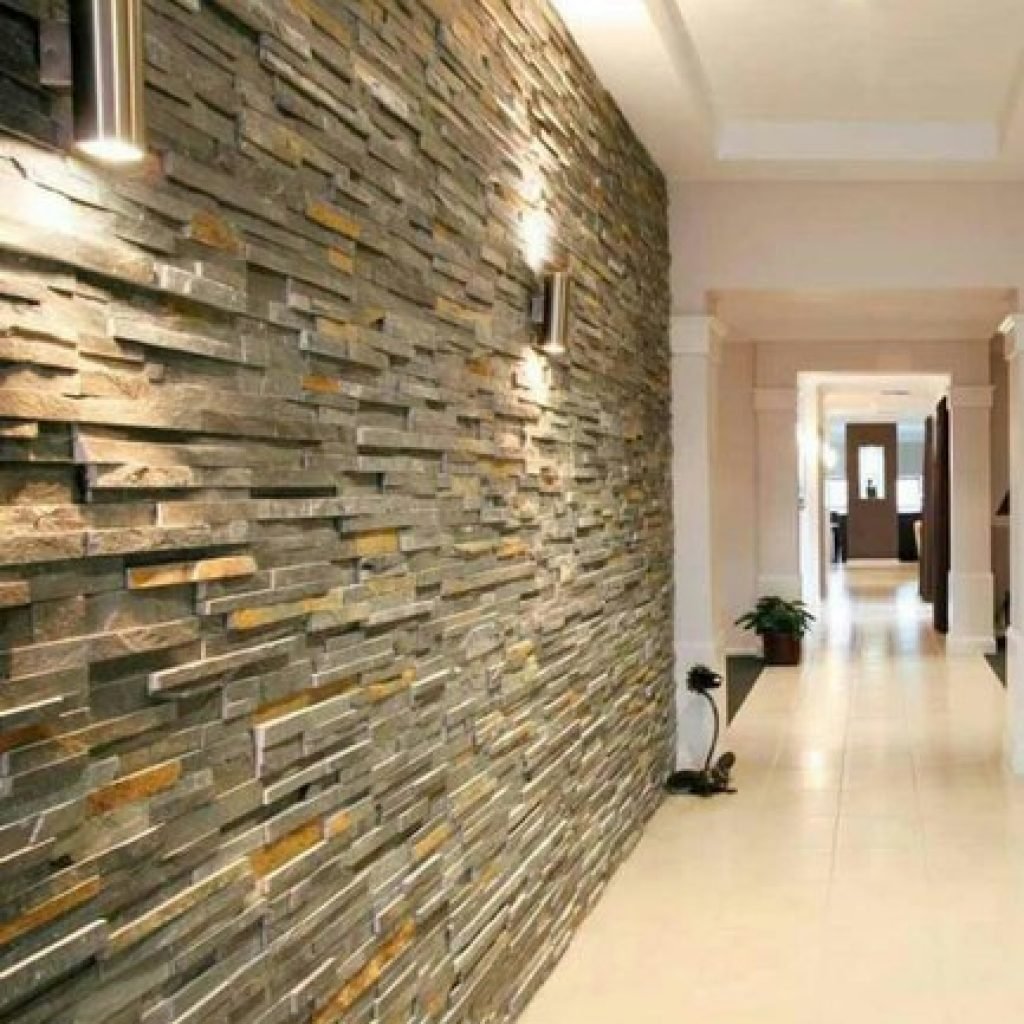
TRAVERTINE
Many pizzerias in Naples and across the Campania region of Italy choose travertine for their kitchen and dining room floors for three reasons: it looks great, lasts long, and can be easily maintained as long as it has been adequately honed, filled, and sealed. When chosen for the floor, travertine should be finished with a natural look instead of a glossy appearance. Travertine is ideal for open floor plans decorated with natural stone
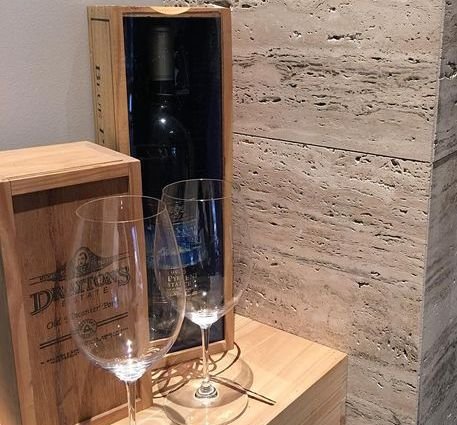
Commercial or domestic use:
Commercial use implies heavier traffic, which requires a harder-wearing stone. One should not use a soft limestone, no matter how great it looks, on a shopping center floor, but one can use it for the walls.
On the contrary, for domestic use one has, in theory, the whole array of natural stones to choose from, depending on the purpose: for example, for a kitchen countertop, the best choice remains granite, because its chemical composition makes it less susceptible to staining from acid corrosion.
Internal or external application
When it comes to natural stone for external use, the first thing to bear in mind is: is it for wall cladding, or is it for flooring? Most stones are suitable for cladding because water just runs down the walls, but, nevertheless, one should take into consideration the technical data of the stone. For example, the absorption data should be considered. Nowadays, there is a test called ‘salt crystallization’ which gives one an idea of how the stone will age and wear over time.
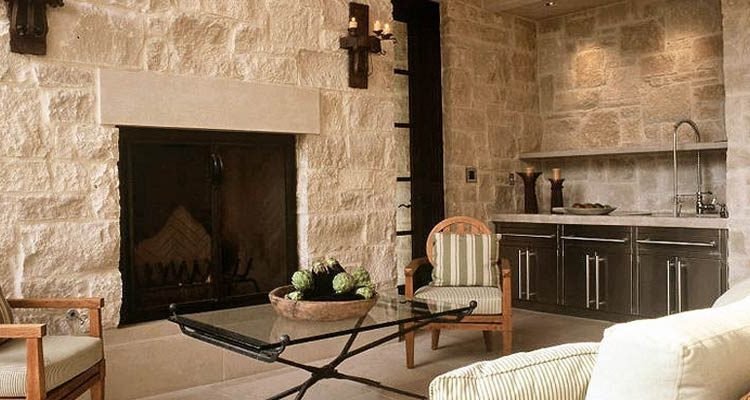
As for external flooring, weather factors play an even bigger role. Water, snow, and ice depending on the climate of the place, will remain on the surface and will have much greater interaction with the stone. In my experience, external flooring in cold climates requires stones that meet the highest specifications.

Special finish requirements
For safety reasons, projects often require a special non-slip surface. In many cases, this implies applying a special finish such as flaming, bush-hammering, or sandblasting. But bear in mind that some of these finishes cannot be applied to the entire stones. For instance, flaming is out of the question in the majority of limestones.
Color scheme and book matching
There is always a natural stone for almost every color scheme in anyone’s project. Stone is a natural product; it comes from a quarry, not a factory line producing perfectly evenly colored pieces. This natural color variation makes it unique and gives it its beauty. The issue here is- quantity versus uniformity.
If the project is for a large area, one may want to restrict oneself to stones that are naturally more uniform. Additionally, one should be aware of the great potential for the effect of book-matching with veined materials This can make one´s project really unique because there will be no other set of slabs in the world with the exact same pattern.
Quantity required versus availability
It seems obvious, but many people are often surprised at how often problems arise because of unreasonable expectations around two aspects of any given stone, there are slabs that are more figured and others that are less figured. If one goes for a perfectly clean look, for a larger area, it might be impossible to achieve the required quantity. Nobody will dig out half a mountain to make your dining-room floor.
On the other hand, even without this sort of limitation, when one deals with mega-projects, one must make sure beforehand that the quarry has the capacity to extract the quantity of material required within the required timescale. Continuing from the previous point, it is imperative that one does not make the final decision on using a natural stone-based just on a sample. This is, in my opinion, one of the most common mistakes made in the stone industry.
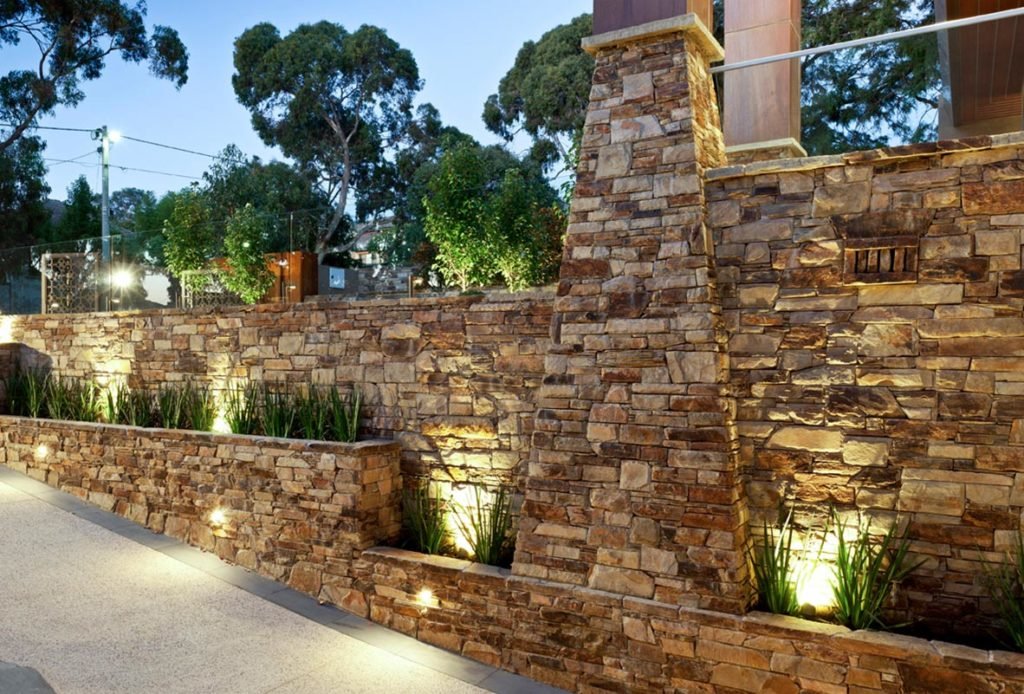
Whenever possible, it is highly recommendable to visit the local distributor and see for oneself the large slabs that will give one a much more realistic idea of what the stone will look like in a bigger area, be it flooring, a façade, etc. High-quality photographs of slabs can also be seen on tablets as an alternative when a personal visit is not possible.
Budget
This is obviously the most self-explanatory point of any check-list. However, it must be said that there is almost always a natural stone for every budget.
Technical data or test
Depending on the project that one is working on, it is important to be aware that quarries are increasingly producing technical datasheets for each type of material, based on lab tests. the European Union has made it compulsory for quarries to supply this information.
To sum up, natural stone can add a unique value to a project, it just requires choosing wisely. Please make the most of the knowledge and experience built up over the years by your distributor / natural stone supplier. Visit them, talk to them, feel the natural stone, ask all the questions, no matter how simple they might seem. And if there is a particularly complicated requirement, your stone supplier is there to get for you all the answers directly from the quarries.
A project in natural stone highlights the uniqueness of not just the stone, but of the whole project itself. Make the choice the proper way- and you will be even more proud of what you have built.
GET YOUR FREE COST ESTIMATE
While most homeowners consider a natural stone for large projects, such as countertops or fireplace surrounds, small spaces throughout the home can also benefit from natural stone applications.
From shower curbs and shelving to adding natural stone in laundry rooms and closets, designers and homeowners are finding more ways to bring Mother Nature indoors in unique and interesting ways.
Whether it’s marble, travertine, granite, or limestone, natural stone has elevated small spaces into focal points. In some cases, the natural stone application in small spaces has even provided a solution when presented with a unique design challenge, Often-Overlooked Spaces to Incorporate Natural Stone
At first blush, it may not be obvious where a homeowner might be able to use smaller pieces of natural stone. Taking the time to consider where those details can be easily added can make a strong statement in a small space.
The shower curb, the space that serves as a border between the floor of the shower pan and the bathroom floor, usually doesn’t come to mind as an area to use natural stone but it’s one spot Grandlienard often recommends to clients. Not only does the curb serves an important function, but it also makes space look richer. Another often-overlooked space to use natural stone is as a wall cap of a shower wall or as a seat in the shower.
Not every application needs to be visible in the main room to brighten up one’s day. Even small laundry rooms and closets can get a natural stone treatment. A child’s closet might have five drawers and could use a small piece on top to add some smaller pieces or toys, for example.
A small laundry room could benefit from a natural stone top for folding laundry. Or, you might have space where your perfume is located or you place your watch at the end of a day. All of these small areas can be made more visually interesting through the use of natural stone.
In other cases, the use of natural stone in a small space is more about function than aesthetic but it ends up doing double-duty. Sometimes a stunning piece of natural stone in the small space will work. In other cases, incorporating natural stone is an easy and beautiful way to add interesting detail to space or put to use extra stone from another project.
What Kinds of Natural Stone Works Well In Smaller Spaces
Grandlienard notes that she’s used every kind of natural stone imaginable when it comes to both large and small projects, whether it’s marble, travertine, granite, or limestone.
Popular stones include Calacatta Gold, but she admits that it really depends on the project more than the stone. If a design has any kind of white in it, perhaps a white marble would work better than a darker stone, for example. “If it’s gray or white, look for great white remnant pieces,” she advises.
In some cases, like the exterior kitchen window shelf example, the natural stone would need to be able to handle outdoor climates. Otherwise, any natural stone can work within a home.
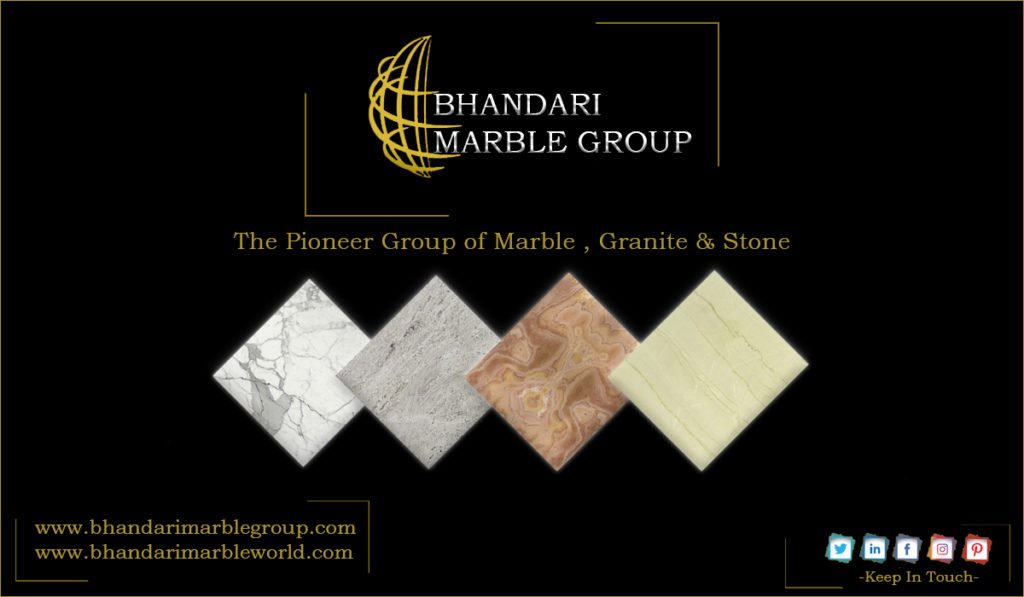
Remnants: Adding Natural Stone with Sustainability in Mind
One of the great things about using remnants is that you’re being sustainable and mindful of the earth’s resources, Grandlienard says. “It’s about being eco-friendly and that’s very powerful because you’re utilizing and you’re saving our footprint by utilizing all these [remnants],” she adds. It’s not something most people think about, she admits but wishes they would.
By adding extra natural stone components into projects, she’s able to not only use material they have available, but the longevity of the material can make it cost-effective in the long-run and increase a home’s beauty and value, too. It’s not much more square feet from a fabricator standpoint, so from a builder or a homeowner standpoint, they just have to prep the wall, for example. But, is it cost-efficient?
“I think over time it is because you do not have to regroup and you’ve got a piece of Mother Nature to view every day,” Grandlienard says.
The benefits of using remnant stone in small spaces throughout the home can’t be overemphasized and it’s as easy and simple as having a discussion with your designer or contractor on what could be done with any extra pieces of natural stone being used in a particular project. They often can help you think about applications that might otherwise never have been considered.
Also, by talking with your design team from the beginning, the contractors can be more mindful of how they cut the natural stone so it doesn’t get destroyed in the process since there is a strong possibility that it can actually be used for something else, too. It won’t do anyone any good to see broken and smaller pieces of natural stone that could’ve been applied somewhere if the installers knew there was another possible purpose to the extra raw material.
Using natural stone in small and unique spaces throughout one’s home doesn’t usually come top of mind when designing spaces, but it’s a smart and easy way to make one’s living quarters richer while also increasing the value of your home.







